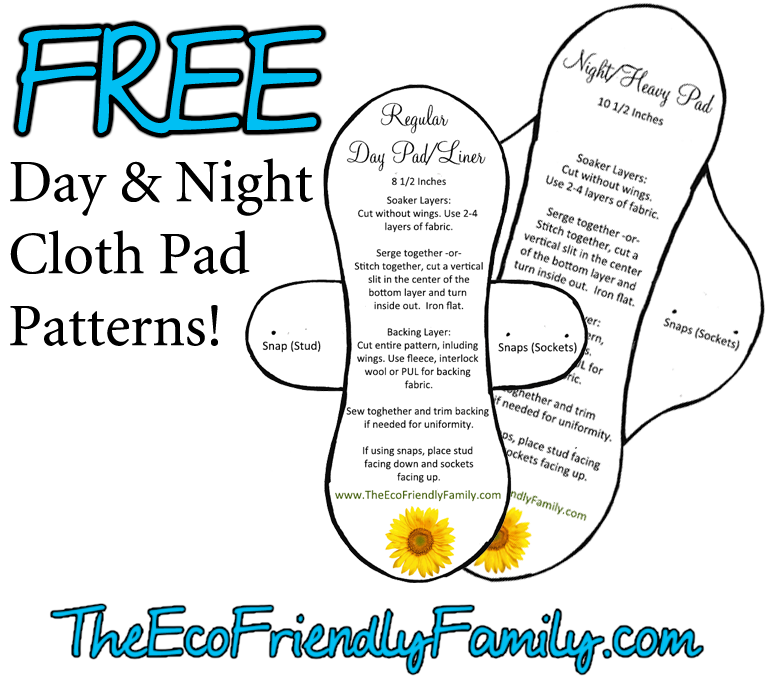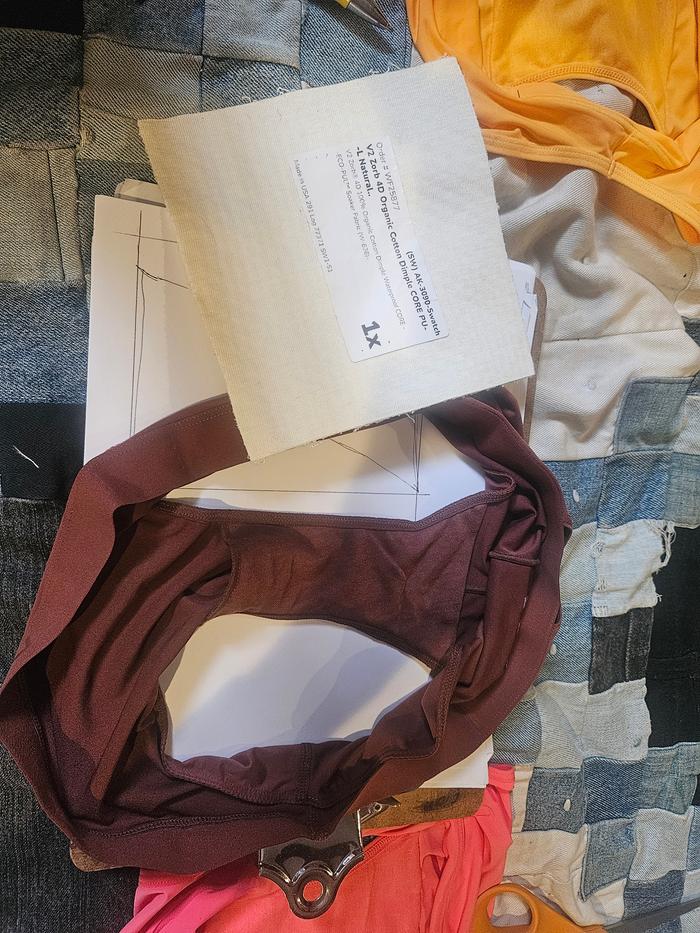
 4
4









 1
1












~ Dragons, Fairies and even a Mini-Paul! ~ You Know You're a Permie When...~ All About Permies, including tutorials ~Herbal Hugel Spiral of Randomness!~Tricks to Keep the Dirt from Sliding off a Hugel~List of Cascadia Bloggers and Facebook Pages!~
Opalyn Rose approved this submission.
Note: Beautiful Dyeing!
 2
2




They/them. Autistic and disabled permie newbie in zone 6a.
Opalyn Rose approved this submission.
Note: I hereby certify this badge bit complete.
 1
1




Blessings,
Alana
Nicole Alderman approved this submission.
Note: I hereby certify that this badge bit is complete, and congratulate you on your Textile air badge! Bravo on making your own pads! I'm pretty sure that cotton baby blankets don't have flame retardants--at least I sure hope they don't!




Nicole Alderman approved this submission.
Note: I hereby certify that this badge bit is complete! If you have any pre-shrunk wool, it might work really well as a waterproof barrier on the back. I find it very helpful with my pads.




Nicole Alderman approved this submission.
Note: I hereby certify that this badge bit is complete! The wool backing is nice, not just for waterproofing, but also for extra absorbency. Hopefully the wool is pre-felted, or you wash it carefully!
 1
1




 1
1




 1
1






Being weird is easy. Making it mainstream is hard. Be brave! https://www.youtube.com/@healthygreenbrave
Nicole Alderman approved this submission.
Note: I hereby certify that this badge bit is complete! Nicely done!

|
no wonder he is so sad, he hasn't seen this tiny ad:
The new kickstarter is now live!
https://www.kickstarter.com/projects/paulwheaton/garden-cards
|









